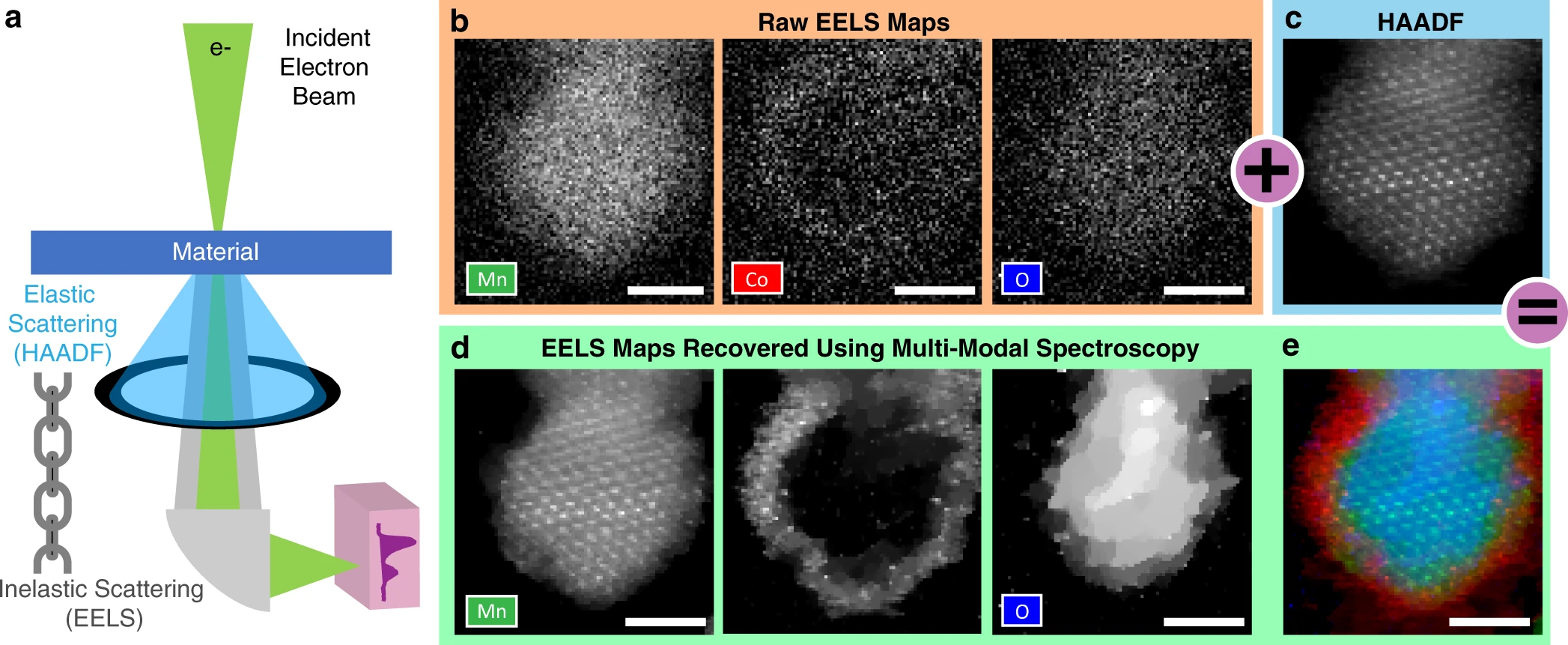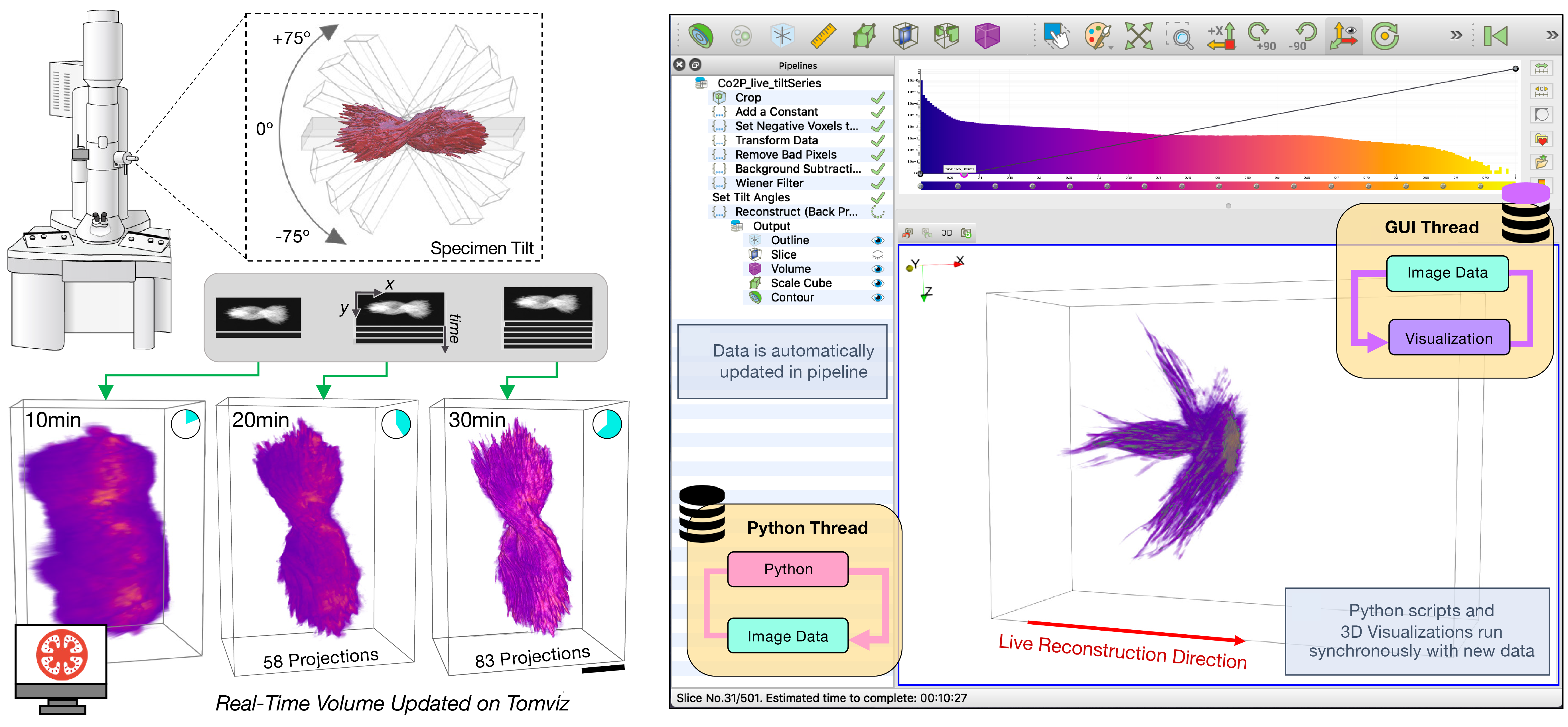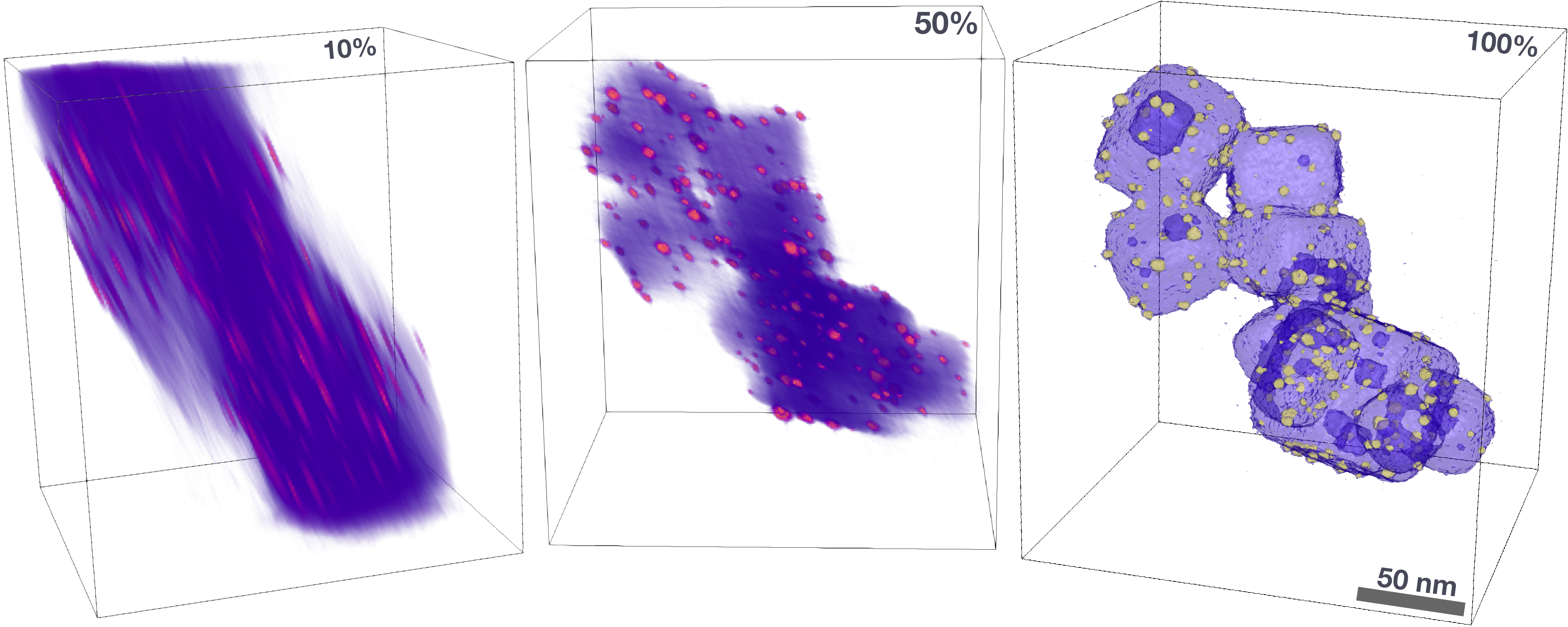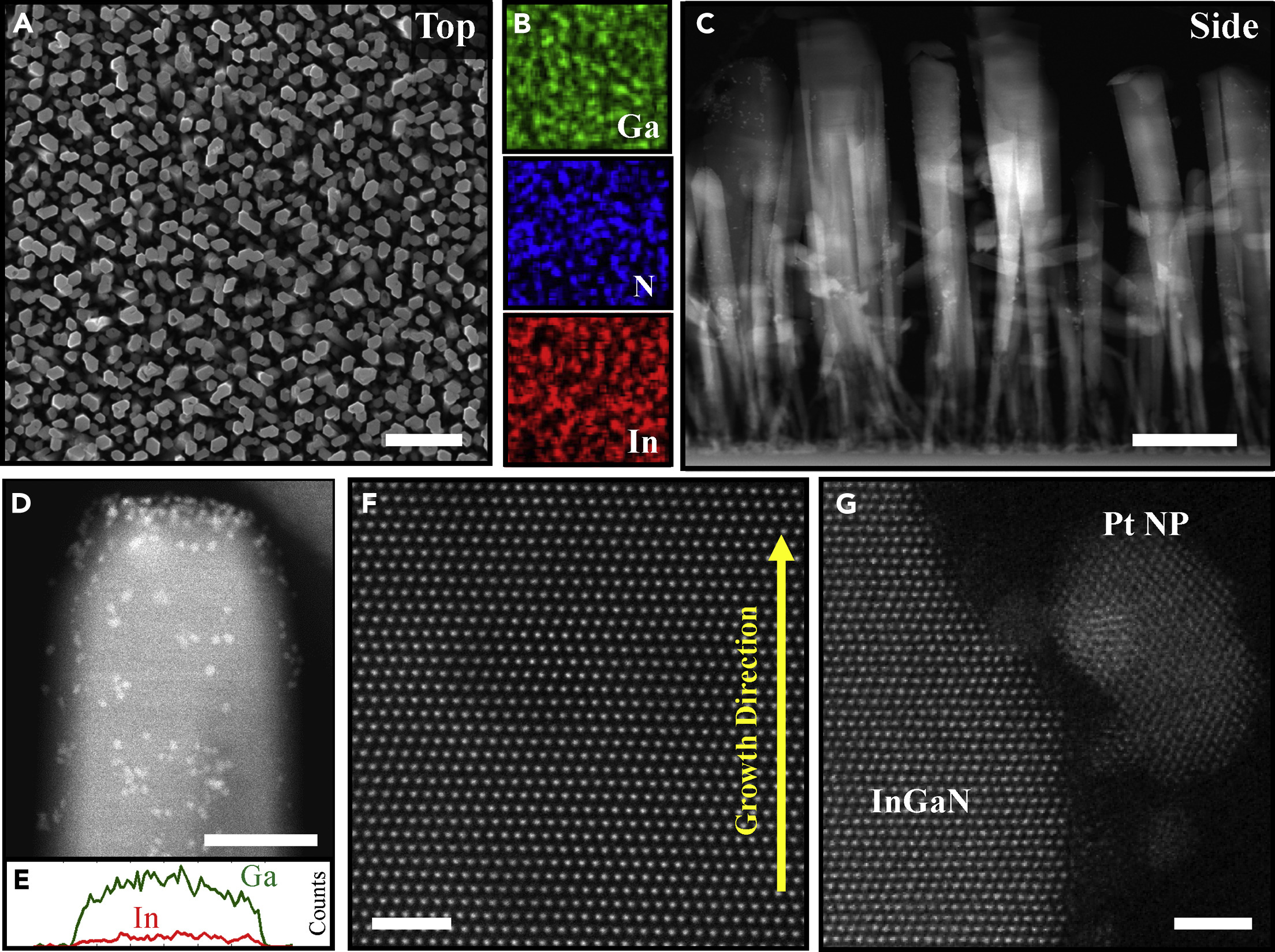Jonathan Schwartz
Data Scientist at the Chan Zuckerberg Imaging Institute

Contact Info:
About Me
I am a Data Scientist at the Chan Zuckerberg Imaging Institute . Previously, I earned my Ph.D. in Material Sciences at the University of Michigan, Ann Arbor advised by Dr. Robert Hovden . My Ph.D. research primarily focused on material discovery through image processing, data analysis, and 3D reconstruction of nano- and atomic-scale images collected by electron microscopes. Throughout my Ph.D., I tackled inverse problems in electron microscopy by leveraging concepts from signal processing and deep learning. My current work emphasizes the computational aspects of the field, including algorithm development and optimization, large-scale implementation via cluster computing, and scientific software development.
My expertise spans from machine learning to applying mathematical optimization methods for solving computer vision problems. Within computer vision, I am particularly interested in three key research areas: (1) large-scale data analytics using high-performance computing, (2) computational imaging (image processing), and (3) deep learning for classification and segmentation. For my research, I have developed novel algorithms and implemented and accelerated existing ones into scalable, parallel computing solutions on hardware, including supercomputers and GPUs.
Currently at the imaging institute, my interests are expanding into the development of sub-tomogram averaging pipelines and 3D segmentation to identify 3D protein coordinates. This involves not only addressing the technical challenges of incorporating deep learning models to enhance the throughput and accuracy of 3D localization, but also integrating advanced computational methods to provide deeper insights. I am excited about the potential of these technologies to provide new insights into molecular and cellular structures, thereby advancing our understanding of biological systems at an unprecedented level of detail.
Selected Publications
- J. Schwartz, Z.W. Di, A. Fielitz, et. al."Imaging atomic scale chemistry from Fused Multi-Modal Electron Microscopy" npj Computational Materials 8, 16 (2022). [Paper] [Code]
- J. Schwartz, C. Harris, J. Pietryga, et. al."Real-Time 3D Analysis During Electron Tomography using tomviz" Nature Communications 13, 4458 (2022). [Paper] [Article Highlight] [Podcast Interview]
- M.C. Cao, J. Schwartz, H. Zheng, Y. Jiang, R. Hovden, Y. Han "Atomic Defect Identification with Sparse Sampling and Deep Learning" Communications in Computer and Information Science 1512 (2022). [Paper] [Code]
- J. Schwartz, H. Zheng, M. Hanwell, Y. Jiang, R. Hovden, "Dynamic Compressed Sensing for Real-Time Tomographic Reconstruction" Ultramicroscopy 219, 113122 (2020). [Paper]
- J. Schwartz Y. Jiang, Y Wang, et. al. "Removing Stripes, Scratches and Curtaining with Non-Recoverable Compressed Sensing" Microscopy and Microanalysis 25, 705-710 (2019). [Paper] [Code]
- Y. Wang, Y. Wu, J. Schwartz, S.H. Sung, R.Hovden, Z. Mi, "A Single-Junction Cathodic Approach for Stable Unassisted Solar Water Splitting" Joule 3, 1-13 (2019). [Paper]






Projects
Semantic Segmentation of Materials with 3D Deep Learning
Trained U-Net and Resiudal U-Net neural network archictures with 3D-convolutional layers for the segmentation of atom coordinates from experimental atomic-resolution 3D tomographic models. This project is in portion of a project to measure >100k atoms in a 20 nm nanoparticle with electron tomography . [Code]Crystal Classification from Deep Learning
Trained popular convolutional neural network architectures (e.g. ResNet50, Inception) for the classification of material's crystal structure from over 10^6 simulated diffraction images [Data Challenge] . I performed distributed data parallel training with multi-GPU and multi-node supercomputers available at Oak Ridge National Laboratory. Overall, the trained networks achieved a prediction accuracy of ~50% on the test dataset. [Code]Single Image Super-Resolution
As part of a project for a special topics course. In this work, we explored various super-resolution convolutional neural network architectures to recover high resolution images from a low resolution input. [Code]About Me (Cryo-ET)
This is the section for your Cryo-ET for Biology background. You can add your relevant publications, projects, and other information here.